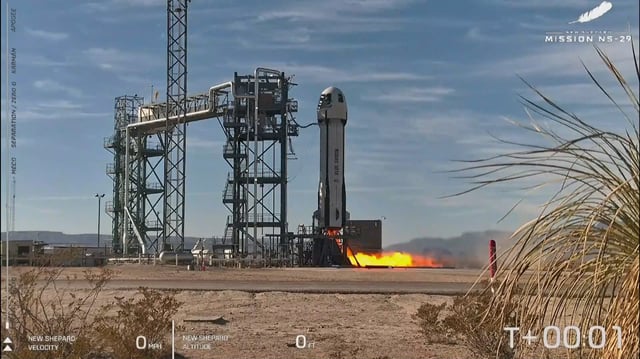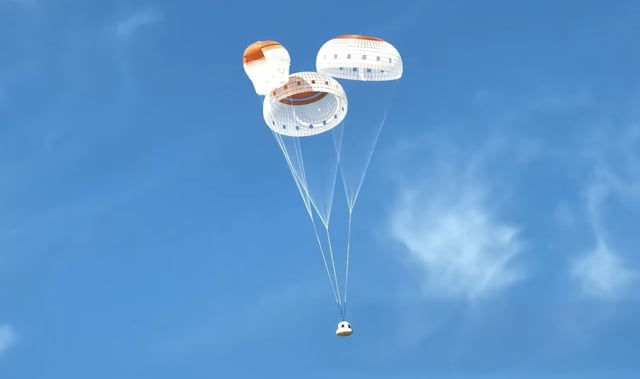Overview
- Blue Origin's New Shepard spacecraft simulated lunar gravity for the first time during its 29th flight over West Texas.
- The capsule spun at 11 revolutions per minute to recreate the moon's low gravity for approximately two minutes, a significant advancement over previous methods.
- The mission carried 30 science payloads, mostly from NASA, aimed at testing technology critical for future lunar exploration under the Artemis program.
- Both the rocket booster and capsule landed safely despite a minor delay in one of the capsule's parachutes deploying during descent.
- This achievement follows Blue Origin's maiden flight of its heavy-lift New Glenn rocket in January, as the company continues to compete with SpaceX in commercial space ventures.



